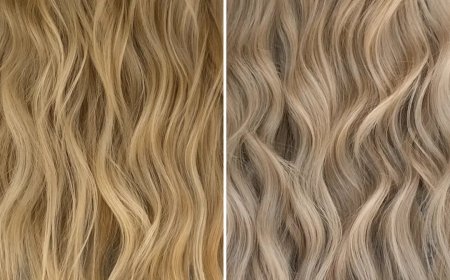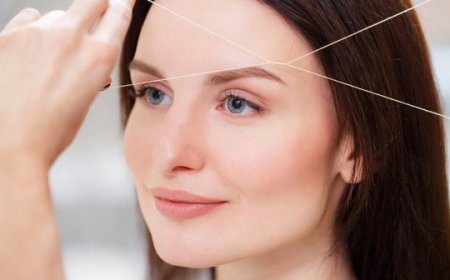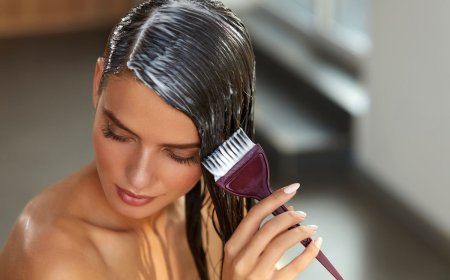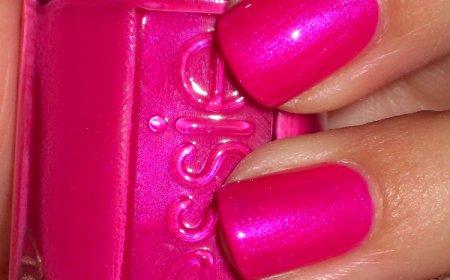Peel-Off Face Masks: Do They Really Work for Clearer Skin?

Peel-off face masks have gained considerable popularity in recent years, becoming a staple in the beauty routines of many individuals seeking clearer skin. Yet, a lingering question persists: do these masks truly deliver on their promises? This article endeavors to scrutinize the efficacy of peel-off face masks, exploring their components, purported advantages, potential drawbacks, and the scientific rationale behind their functionality.
The allure of peel-off masks often lies in their supposed ability to cleanse the skin by removing impurities, excess oils, and dead skin cells. This article aims to demystify the science behind peel-off masks by providing an exhaustive analysis of their ingredients and mechanisms of action, whilst also addressing the heterogeneous experiences users may encounter.
Contents of Peel-Off Face Masks: A Closer Look at Ingredients
The formulation of peel-off masks can vary significantly among products, but several common components often emerge. These include polymers, waxes, and natural extracts which serve multiple purposes. The primary agents responsible for the adhesive quality of peel-off masks are typically polyvinyl alcohol or other synthetic polymers. These polymers form a film layer on the skin, which adheres to surface debris when dried. As the mask is peeled away, this layer purportedly lifts away dead skin cells, clogs, and impurities.
Many products also incorporate botanical extracts and antioxidants, such as green tea, charcoal, and aloe vera. These ingredients are included for their supposed skin rejuvenating properties. Furthermore, some masks contain exfoliating acids like salicylic or glycolic acid, which may aid in stimulating skin cell turnover. However, while these ingredients offer benefits, their efficacy may depend on the concentration used and the individual’s skin type.
The Sensation of Peel-Off: Experience and Expectation
The tactile experience of applying a peel-off mask creates a distinct sensation. Users often report feeling a slight tightening of the skin as the mask dries, leading to a refreshing and invigorating feeling. Upon removal, the process can also evoke a sense of satisfaction, as users anticipate the removal of embedded impurities. However, this experience may vary. Individuals with sensitive skin may find the sensation uncomfortable or even painful, given the potential for irritations or allergic reactions. Additionally, the psychological aspect of seeing visible debris on the mask post-removal can lead to an inflated perception of effectiveness.
Benefits of Peel-Off Face Masks: Are They Worth It?
There is a plethora of purported benefits associated with peel-off face masks, many of which contribute to their widespread appeal. Anecdotal evidence suggests that these masks can help to unclog pores, control oil production, and enhance skin texture. By removing dead skin cells, the masks may also promote a more radiant complexion. Moreover, the inclusion of soothing agents like chamomile or cucumber can provide additional comfort and hydration post-application.
Scientific studies examining the overall effectiveness of peel-off masks are sparse, yet preliminary research indicates that the physical removal of impurities can contribute to improved skin clarity. For example, a study on facial cleansers indicates that manual exfoliation can lead to smoother skin and reduced acne lesions when performed consistently. Nonetheless, it is critical to recognize that results can be transient and contingent on an individual’s skin condition.
Limitations and Risks: The Other Side of the Coin
While peel-off masks present numerous appealing attributes, certain limitations and risks merit careful consideration. Individuals with sensitive or reactive skin types should approach the use of these masks with caution due to the potential for irritation or allergic response caused by the adhesive nature of the product. Furthermore, those with existing dermatological conditions such as eczema, rosacea, or psoriasis may find the peeling action exacerbates their symptoms.
Moreover, improper application or removal techniques can lead to skin trauma. For instance, if the mask is peeled away too quickly or vigorously, it may result in micro-tears, ultimately causing more harm than good. Additionally, users should avoid the eye area, as the skin is particularly delicate and susceptible to damage.
Factors Influencing Results: Personalization is Key
The diverse nature of skin types indicates that the effectiveness of peel-off masks may vary from person to person. Factors such as skin type (oily, dry, combination, sensitive), age, and environmental influences play crucial roles in determining outcomes. For instance, individuals with oily or acne-prone skin may find peel-off masks beneficial for removing excess sebum and preventing breakouts. In contrast, those with dry skin may experience further dehydration with frequent use, as some formulations can strip the skin of its natural moisture.
It is essential to perform patch tests before the first application, particularly for those unfamiliar with the specific product, to ascertain compatibility. Furthermore, integrating peel-off masks within a comprehensive skincare regimen is advisable to ensure lasting beneficial effects.
Debunking Myths: Clearing the Air
A multitude of misconceptions surround peel-off masks. One notable myth suggests that the more painful the removal, the better the results. This notion is misleading; while some users equate discomfort with efficacy, a painful experience often signals excessive adherence to the skin, rather than optimal cleansing. Additionally, some believe that immediate visible results indicate long-term skin health, whereas true efficacy is often a cumulative effect over consistent use rather than a single application.
Conclusion: A Balanced Perspective
In conclusion, peel-off face masks present a multifaceted tool in the realm of skincare, endowed with both benefits and limitations. While they can effectively enhance the skin by promoting the removal of dirt and dead cells, individual experiences may vary dramatically based on personal skin conditions and product formulations. Individuals interested in exploring peel-off masks should consider their unique skin type and sensitivities while adopting a cautious approach. Balanced skincare, a healthy lifestyle, and attention to individual needs will always yield the most gratifying results in the pursuit of clearer skin.
What's Your Reaction?
 Like
0
Like
0
 Dislike
0
Dislike
0
 Love
0
Love
0
 Funny
0
Funny
0
 Angry
0
Angry
0
 Sad
0
Sad
0
 Wow
0
Wow
0









:max_bytes(150000):strip_icc()/drugstore-retinol-creams-tout-f76b9d2796e34eaa8376801c83fb1888.jpg)
















